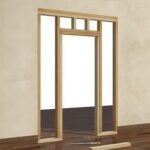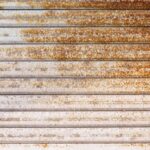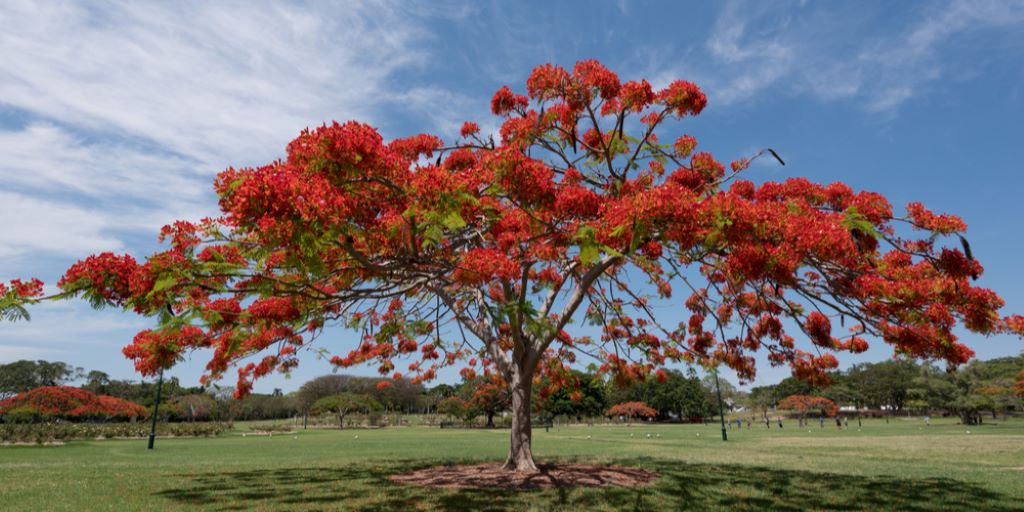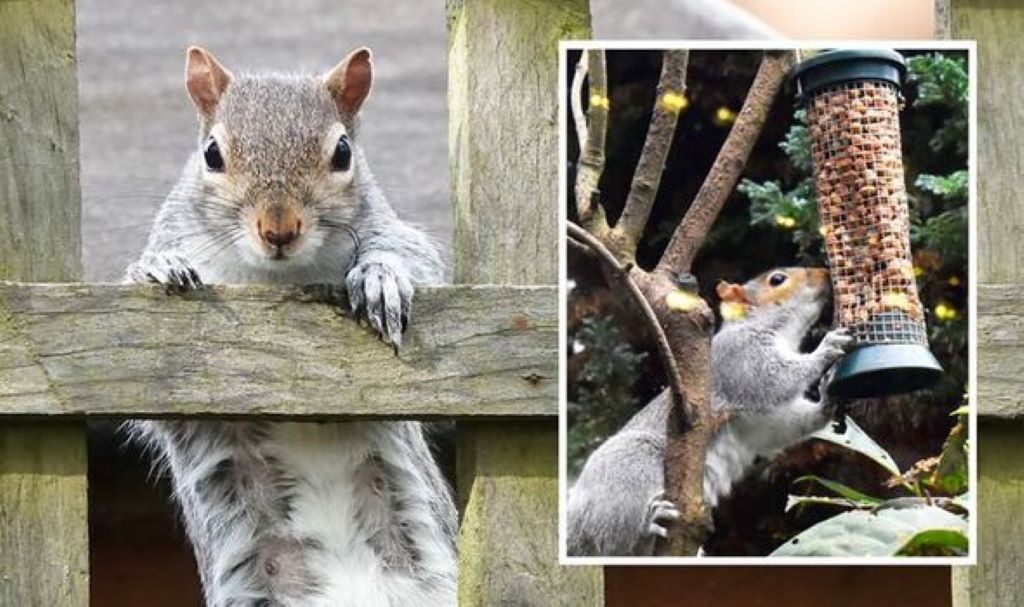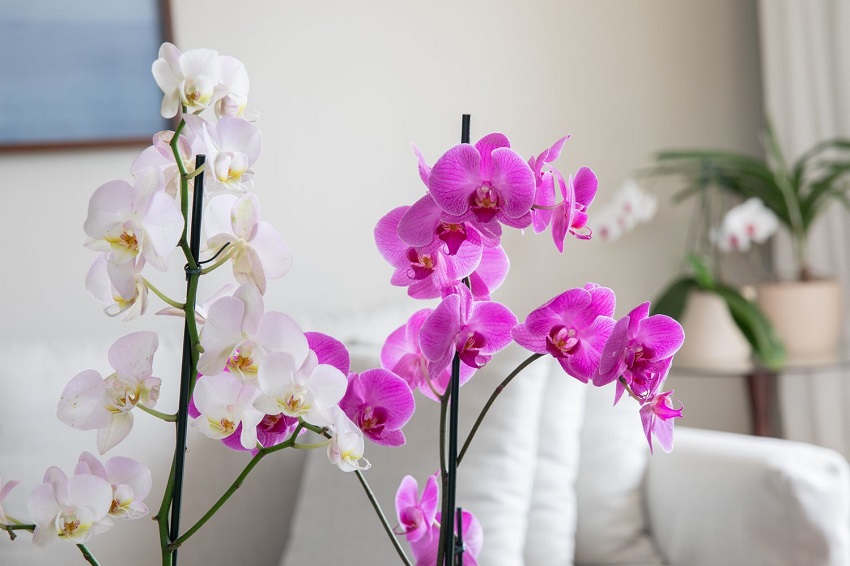Florida, with its warm climate and unique ecosystem, provides an ideal environment for a variety of trees to flourish. Choosing the right florida trees for your garden not only enhances the aesthetic appeal but also contributes to the overall well-being of the local ecosystem. In this guide, we’ll explore the best Central Florida trees to plant in your garden, ensuring beauty, sustainability, and resilience.
Understanding Central Florida’s Climate

Before delving into specific tree recommendations, it’s crucial to understand Central Florida’s climate. With its hot and humid subtropical climate, characterized by mild winters and hot summers, the region requires trees that can withstand these conditions. Let’s explore the top picks for your Central Florida garden.
What is a Florida Number 1 Tree?
“Florida Number 1 Tree” isn’t a specific species, but rather a grading system used for nursery trees in Florida. It refers to the lowest acceptable quality for trees planted in certain situations, like landscaping projects with specific regulations. Here’s a breakdown:
Grading System:
- Florida Fancy: The highest grade, indicating flawless trees with perfect structure and minimal defects.
- Florida #1: The minimum acceptable grade for most local codes. These trees may have minor imperfections like slightly crooked trunks, minor injuries, or need corrective pruning. Defects are typically fixable within a couple years of planting.
- Florida #2: Has more substantial defects or structural issues, making it less suitable for many projects.
Things to Consider:
- Purpose: Choosing the right grade depends on the project’s needs and budget. For aesthetic purposes, a Florida Fancy tree might be preferred, while a Florida #1 might be suitable for less critical areas.
- Regulations: Local regulations might specify the minimum grade required for plantings.
- Growth Potential: Florida #1 trees can develop into healthy, beautiful specimens with proper care and pruning.
Examples of Commonly Used Florida #1 Trees:
- Live Oak (Quercus virginiana)
- Southern Magnolia (Magnolia grandiflora)
- Sabal Palm (Sabal palmetto)
- Gumbo Limbo (Bursera simaruba)
- Slash Pine (Pinus elliotii)
Remember, while “Florida Number 1 Tree” isn’t a specific tree, understanding its meaning can help you make informed decisions when choosing trees for your projects in Florida.
1. Live Oak (Quercus virginiana)
The Live Oak, an iconic tree of the South, is a staple in Central Florida landscapes. Known for its sprawling branches and evergreen foliage, this tree provides ample shade and a timeless Southern charm. Its resilience to storms and pests makes it a top choice for homeowners looking for a low-maintenance yet elegant addition.
2. Crape Myrtle (Lagerstroemia spp.)
For vibrant blooms and a burst of color in your garden, the Crape Myrtle is an excellent choice. Available in various sizes and colors, these trees thrive in the Florida sun. Their unique bark texture adds visual interest even when not in bloom, making them a versatile and visually appealing option.
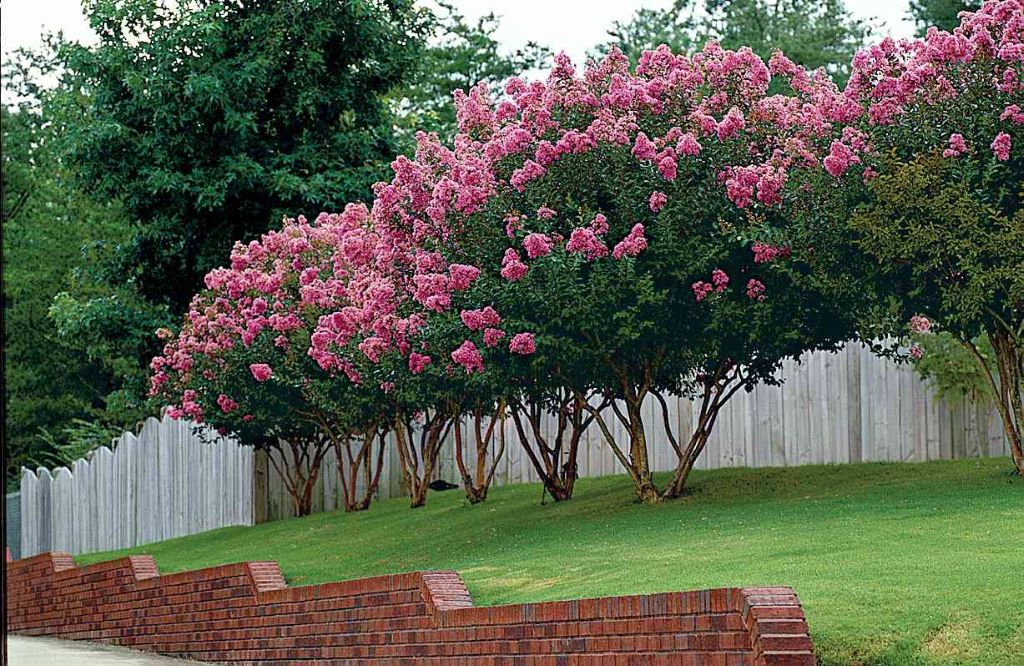
3. Southern Magnolia (Magnolia grandiflora)
Known for its large, glossy leaves and fragrant white blossoms, the Southern Magnolia is a classic choice for Central Florida gardens. This evergreen tree offers year-round beauty and a touch of elegance. Planting it strategically can also provide natural shade, making your outdoor space more enjoyable during the hotter months.
4. Bald Cypress (Taxodium distichum)
If you’re looking for a tree that thrives in both wet and dry conditions, the Bald Cypress is a resilient option. With its distinct needle-like leaves and attractive conical shape, this tree adds a unique touch to any landscape. Its adaptability makes it suitable for various soil types, ensuring successful growth in Central Florida.
5. Sweet Bay (Magnolia virginiana)
For those seeking a smaller, more compact tree with aromatic leaves, the Sweet Bay is an ideal choice. With creamy white flowers and dark green foliage, this tree brings a touch of elegance to smaller gardens. Its adaptability to both sun and shade positions it as a versatile option for Central Florida landscapes.
Conclusion
In conclusion, selecting the best florida trees for your Central Florida garden involves considering the climate, aesthetics, and resilience of each species. Whether you opt for the majestic Live Oak, the vibrant Crape Myrtle, the classic Southern Magnolia, the adaptable Bald Cypress, or the elegant Sweet Bay, discover how to grow plants in a dark room with our comprehensive guide to indoor gardening, ensuring your carefully chosen trees thrive even in unconventional settings.
FAQs
Q: How often should I water my newly planted trees?
A: Newly planted trees typically require consistent watering for the first year. Ensure the soil remains consistently moist but not waterlogged.
Q: Can these trees withstand hurricanes common in Florida?
A: Yes, many of the recommended trees, such as the Live Oak and Bald Cypress, are known for their resilience to storms and can withstand hurricane conditions.
Q: Are there any trees that attract local wildlife?
A: Yes, the Southern Magnolia, with its fragrant blossoms, and the Crape Myrtle, with its vibrant blooms, are known to attract butterflies and birds.
Q: Do these trees require special fertilizers?
A: While these trees are generally low-maintenance, applying a balanced fertilizer during the growing season can promote healthy growth.
Q: Can I plant these trees in containers?
A: Some trees, like the Crape Myrtle and Sweet Bay, can be successfully grown in containers with proper care. Ensure adequate drainage and choose a container size that accommodates root growth.


